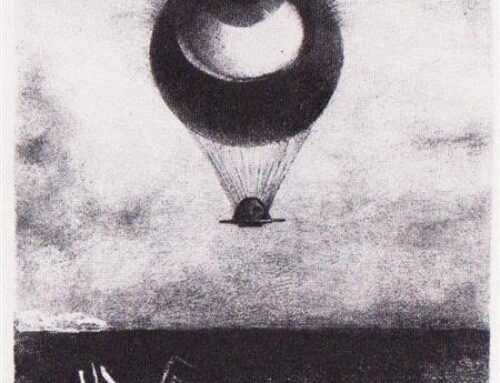Why physics needs the humanities: a scientist’s experience with epic ambiguity. From the editorial:
Facts, as it turns out, are not self-explanatory. Science is much more ambiguous than I had once naively imagined. When I was a student, courses mainly taught me to find solutions to well-posed problems with known answers. But how do we get from rigid curricula and textbook problems to research and the unknown? Physics is not maths – proofs are few and far between. Research requires embracing ambiguity. And one way to do this is to study the humanities and the arts, however surprising or counter-intuitive that might seem.
The humanities have faced ambiguity for thousands of years. Even the very first written story – The Epic of Gilgamesh from ancient Sumeria – is open to more than one interpretation. Dating to around 2100 BC, the poem tells the story of King Gilgamesh of Uruk, whose people both adored him for leading their civilization and feared his power and capriciousness. One day an indigenous man, Enkidu – a great dreamer who ran naked with the animals – came to Uruk. Gilgamesh grew jealous of his people’s praise of the stranger. In a rage, he attacked Enkidu, and they fought to a stalemate. As Herbert Mason’s verse translation of the poem reveals, Gilgamesh then turned to Enkidu, who leaned against his shoulder, looked into his eyes:
“And saw himself in the other, just as Enkidu saw
Himself in Gilgamesh.
In the silence of the people they began to laugh
And clutched each other in their breathless exaltation.”
The Epic of Gilgamesh is a rich and complex story. In part it is a surprisingly modern metaphor for how so many of us feel nostalgia for a simpler life, as the people of Uruk admired Enkidu’s idyllic lifestyle. It could also be interpreted as the relationship between science (Gilgamesh) and humanities (Enkidu), and how they find themselves reflected in each other. An even more powerful message presents itself in the sudden empathy between the two combatants, who form one of the greatest friendships in history….
Students often enter my classes thinking science is true, but art, literature and philosophy are, well, fuzzy. Especially poetry. How can poetry be “true”?
My most recent class, Pathways to Innovation: Building Synergy between the Sciences and Humanities, starts with silence. Students learn how to visualize silence and how silence influences their senses and cognitive state…. Thus begins a 16-week stint of acquiring new cognitive skills, in which students unlock their creativity through poetic reverie and dreaming; approach truth via Platonic dialogue; explore indigenous writing and the shamanic experience; and challenge their emotional intelligence, ethics and choice of career….
Above all, like Gilgamesh, we can befriend and spend time with the Enkidus of the world – artists, writers and other creative thinkers who embrace ambiguity, revel in acausality and teach us to be more complete human beings. Delving into the humanities not only makes us more emotionally intelligent, empathic, well-rounded individuals – it makes us better researchers. And who knows, some of us might end up writing magnificent poetry along the way.
h/t Rob Townsend (@rbthisted)
For other posts on science and the humanities, see here.






Leave A Comment